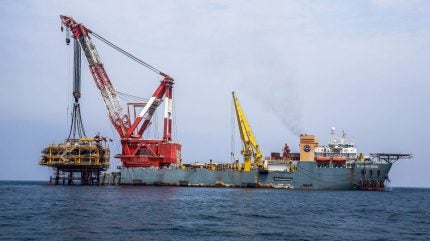
The US Government is exploring options to reduce Iran’s oil exports due to increased tension in the Middle East following Tehran’s pledge to retaliate against Israel for the killing of Hamas leader Ismail Haniyeh.
A spokesperson from the US State Department told Politico that the current trade restrictions were justified, stating: “Sanctions evasion is very costly – paying middlemen, laundering money, and so on. We assess that the Iranian regime receives only a fraction of the revenue from its oil sales as a result.”
Nonetheless, the official said there are new plans to tighten Tehran’s financial resources, and “as Iran continues to escalate tensions in the region, we will work with partners to further pressure Iran and reduce their oil exports”, as reported by Politico.
In 2018, former president Donald Trump reinstated sanctions on Iranian crude exports due to Iran’s nuclear programme. As nuclear escalations continued, the US imposed sanctions on three entities transporting Iranian petroleum and petrochemical products in June.
However, the country has been seeking ways to bypass US sanctions as its economy relies heavily on oil sales.
According to Reuters, Iran dispatched small quantities of crude oil to new locations earlier this month, such as Bangladesh and Oman. This is the most recent indication of Tehran’s efforts to maintain output at levels close to its highest in the past five years.
In May, Iran’s crude oil and gas condensate exports reached 1.7 million barrels per day (mbbl/d), marking the highest level in five years since the full US sanctions were imposed in May 2019, Persian news channel Iran International reported. An uptick in crude production, increased demand from China and expansion of Iran’s ‘dark fleet’ contributed to this surge.
According to Iran International, the country’s oil and gas condensate exports totalled 1.65mbbl/d in the first five months of 2024, during which the Middle East faced its most severe violence in decades following the 7 October attack on Israel.




